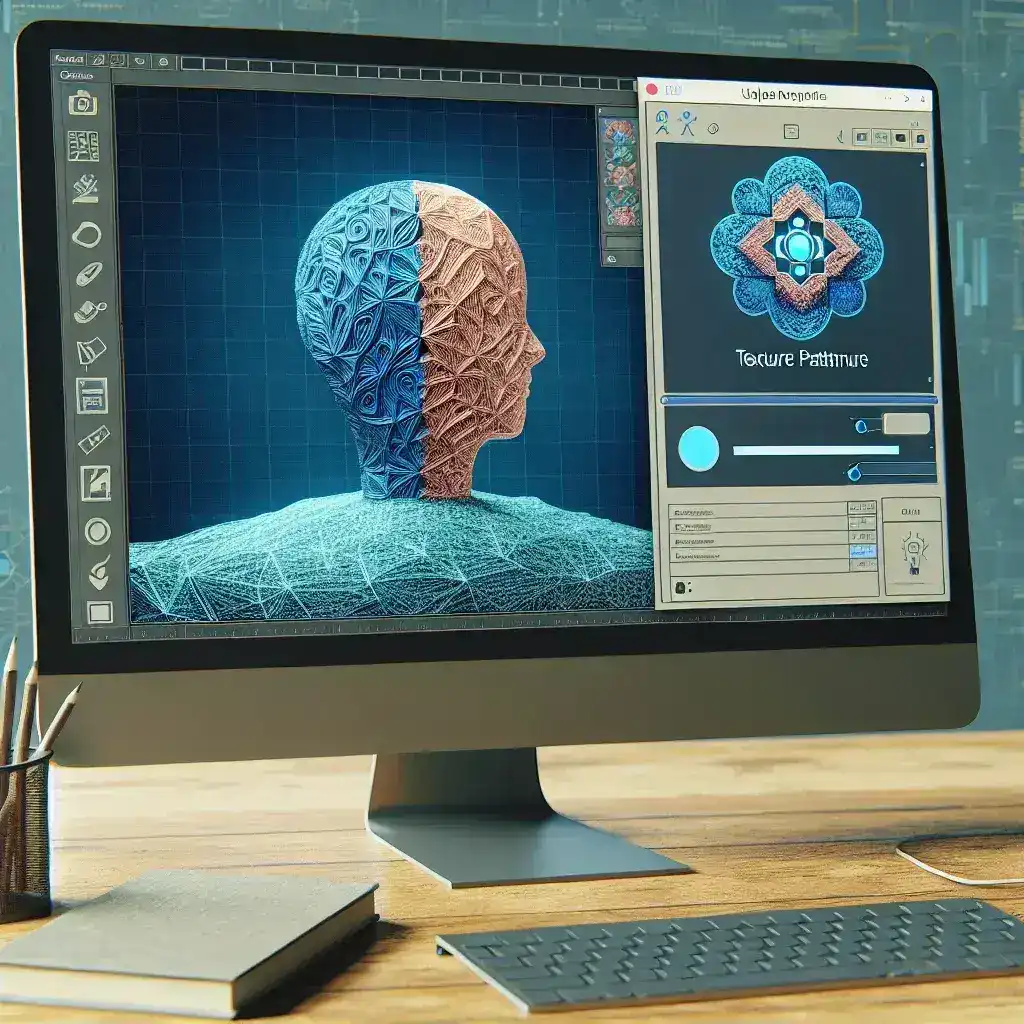Introducing Blender 4.1: A New Era of 3D Creation
The release of Blender 4.1 marks a significant step forward in the world of 3D modeling and animation. This update not only enhances existing features but also introduces revolutionary AI texture generation capabilities that are set to transform the creative landscape for artists and designers. In this article, we will explore the new features, implications, and future prospects of Blender 4.1.
The Evolution of Blender
Blender has come a long way since its inception in 1995. Initially a simple 3D modeling tool, it has evolved into a comprehensive suite for 3D artists, encompassing everything from modeling and rigging to animation, rendering, and compositing. As the demand for more complex and realistic graphics has grown, so has Blender’s functionality. The integration of AI technology in Blender 4.1 is just the latest chapter in this exciting evolution.
What’s New in Blender 4.1?
- AI Texture Generation: The most striking feature of Blender 4.1 is its advanced AI-driven texture generation. This feature allows artists to create high-quality textures in a fraction of the time it used to take. By harnessing machine learning algorithms, Blender can analyze existing textures and generate new, realistic variations that can be seamlessly integrated into any project.
- User Interface Improvements: Blender 4.1 also boasts a more intuitive user interface, making it easier for both beginners and experienced users to navigate the software. The streamlined layout and enhanced tool accessibility significantly improve workflow efficiency.
- Enhanced Rendering Capabilities: With the new update, rendering times have been significantly reduced. The integration of AI not only speeds up the texturing process but also enhances rendering performance, enabling artists to achieve stunning visuals without the long wait times.
- Cloud Features: The incorporation of cloud-based features allows for collaborative projects. Artists can now easily share their work and collaborate from different locations, enhancing teamwork and creative synergy.
Understanding AI Texture Generation
The integration of AI in texture generation is a game-changer for 3D artists. Traditionally, creating textures required extensive manual work and a keen eye for detail. However, with AI, artists can input parameters and let the software generate textures based on learned patterns from existing artworks. This not only saves time but allows artists to experiment with different styles and aesthetics quickly.
How Does It Work?
The AI texture generator in Blender 4.1 employs convolutional neural networks (CNNs) to analyze thousands of texture samples. By learning from this data, the AI can create new textures that mimic the complexity and variation found in nature. Users can customize parameters such as color, roughness, and detail level to tailor the generated textures to their specific needs.
Benefits of AI Texture Generation
- Time Efficiency: Artists can focus more on the creative aspects of their projects rather than getting bogged down in tedious texturing tasks.
- Creativity Boost: The AI can generate unexpected results, encouraging artists to think outside the box and explore new styles.
- High Quality: The textures produced by the AI are often more intricate and detailed than those created manually, enhancing the overall quality of 3D models.
Pros and Cons of Blender 4.1’s New Features
Pros:
- Increased productivity and efficiency.
- Access to advanced AI tools without additional costs.
- Improved collaboration among artists.
- High-quality outputs that meet industry standards.
Cons:
- Potential learning curve for users familiar with older versions.
- Dependency on AI may stifle some artistic skills.
- Resource-intensive, requiring powerful hardware for optimal performance.
Future Predictions for Blender
As the technology behind AI continues to advance, we can expect further enhancements in Blender’s capabilities. Future updates may introduce even more sophisticated AI tools, allowing for real-time texture generation and smarter rendering features. The potential for AI to revolutionize 3D modeling is immense, and Blender is at the forefront of this evolution.
Conclusion
The Blender 4.1 update represents a pivotal moment in the evolution of 3D design and animation. The integration of AI texture generation not only streamlines the workflow for artists but also opens up new avenues for creativity and innovation. As artists embrace these new tools, we can anticipate a surge in the quality and complexity of 3D artworks, pushing the boundaries of what is possible in the digital realm. Whether you are a seasoned professional or just starting your journey in 3D artistry, Blender 4.1 provides the tools you need to bring your visions to life.

